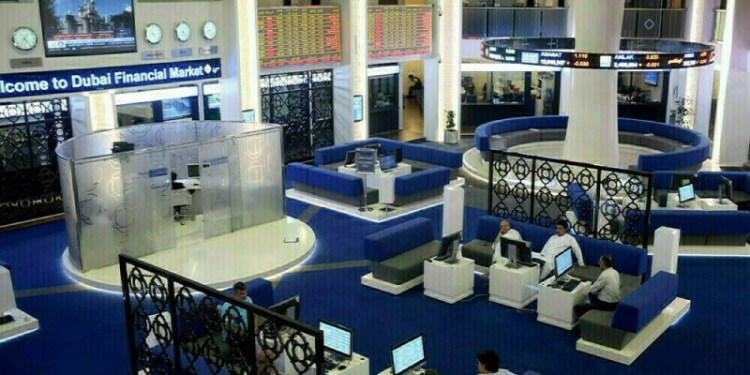DALLAS (Reuters) – The Federal Reserve plans to continue tightening monetary policy gradually for now, but it faces a much tougher decision as U.S. interest rates near a “neutral” level where they neither boost nor slow the economy, several policymakers indicated on Friday.
“I’m not yet there on what we should do once we get to neutral,” Dallas Fed President Robert Kaplan said at a conference where Atlanta Fed President Raphael Bostic and Chicago Fed President Charles Evans also spoke.
“I think we are going to have quite an agonizing debate for lots of reasons, including the shape of the yield curve.”
His comments illuminated tensions over the next stage in the Fed’s long march to more normal interest rate levels. With the unemployment rate near a 17-1/2-year low of 3.9 percent and inflation close to the Fed’s 2 percent target, policymakers want a rate hike path that keeps the economy from overheating without triggering a recession.
Kaplan and a few other policymakers worry that if the Fed raises rates too far or fast, long-term borrowing costs could fall below short-term borrowing costs, a market event that historically has been followed by recession.
Other policymakers have said they are not very concerned about the yield curve, saying it is behaving as expected as the Fed raises rates.
Policymakers differ in their estimates of the “neutral” rate, though many believe it is somewhere between 2.5 percent and 3 percent. The Fed’s current expected rate hike trajectory will put rates around that level sometime next year.
“Sometimes I worry there’s an illusion of precision that we know to the very decimal place exactly where we are at any moment, so that we can say, this is exactly where we should stop, and I don’t think that that’s true,” Bostic said at the Dallas Fed conference.
“Once we get kind of in the neighborhood (of the neutral rate), then you have to see what’s happening in the marketplace to get the signals as to, have you gone too far, or have you not gone far enough.”
Evans, speaking on the same panel, called for caution at that point, not only about going too fast, but also about acting too slowly.
“You wouldn’t want inflation to pick up too much. That could be consistent with a faster pace, and that would be cautious in terms of outcome,” he said.
Fusion Media or anyone involved with Fusion Media will not accept any liability for loss or damage as a result of reliance on the information including data, quotes, charts and buy/sell signals contained within this website. Please be fully informed regarding the risks and costs associated with trading the financial markets, it is one of the riskiest investment forms possible.
Source: Investing.com



























